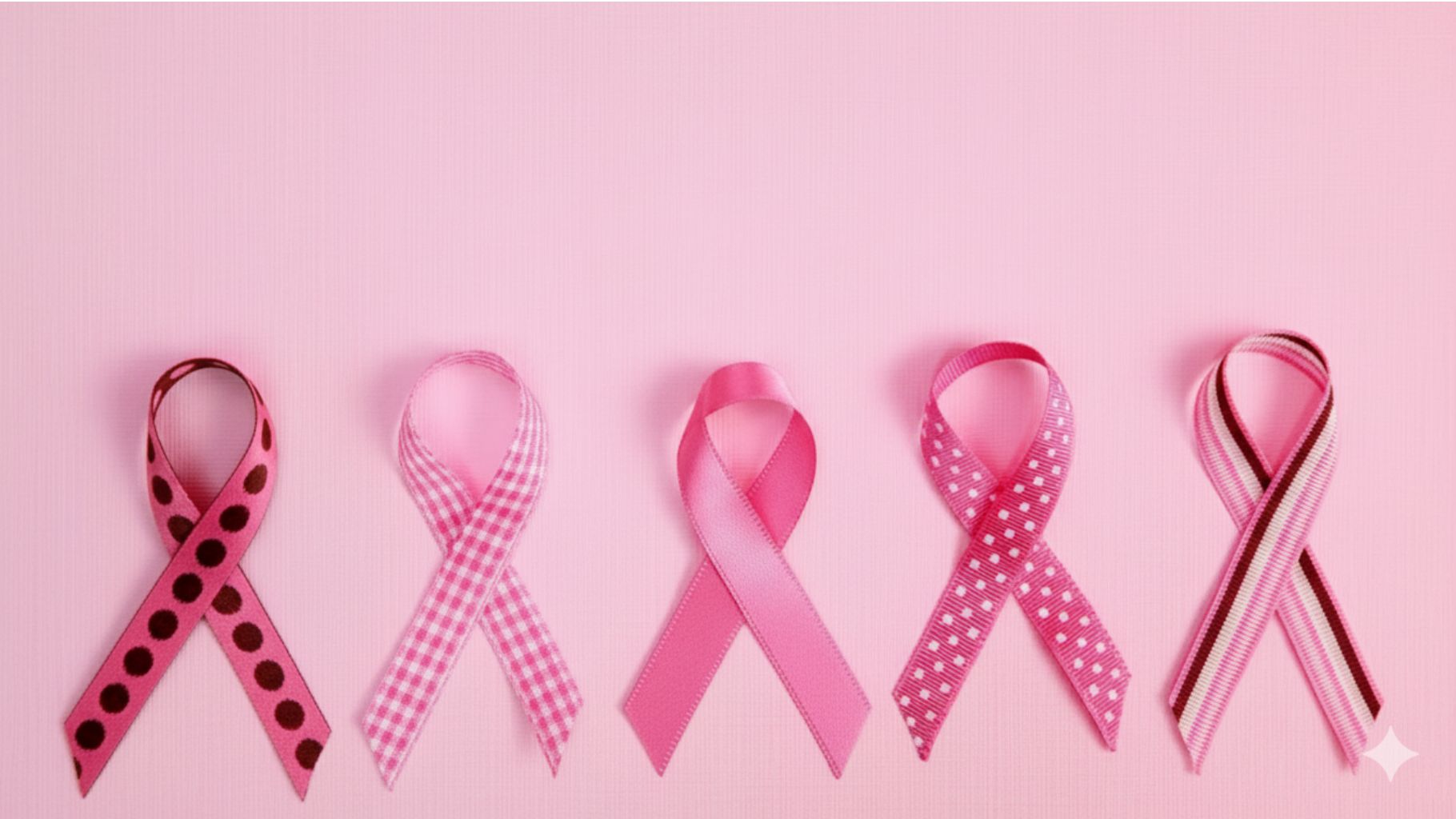Understanding Breast Cancer Treatment
Breast cancer arises when cells in the breast grow uncontrollably. It can develop in different parts of the breast, with the most common origins being the ducts (ductal carcinoma) and lobules (lobular carcinoma).
The breast consists of three primary components:
- Lobules: Glandular structures responsible for producing milk.
- Ducts: Tubes that transport milk to the nipple.
- Connective Tissue: A mix of fatty and fibrous tissues that provide structural support.
Breast cancer has the potential to spread through the lymphatic and vascular systems, a process known as metastasis.




